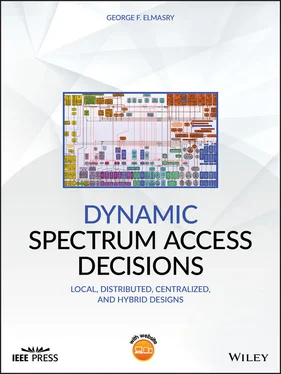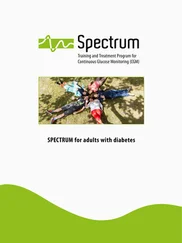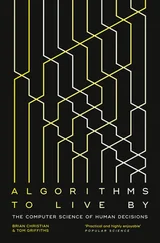2 Nonstandalone mm‐wave access. With this deployment scenario, which is illustrated in Figure 6.2, the end user can get services through either a 5G cell or an LTE (or enhanced LTE) tower. Opportunistic serving is also used with this deployment scenario where the end user can connect through the cell or tower access point, selecting the access point that would offer the best services. The tower DSM algorithms may override the end user selection. One can conceptualize such a deployment scenario in suburbs where cell access relying on fiber cables to houses may exist offering high density mm‐wave access and high bandwidth reach to the core network through the fiber cables. This cell access does not cover all the areas, however, making the use of cellular towers using LTE or enhanced LTE necessary to create full wireless coverage.Notice in Figure 6.2the difference between mm‐wave access depicted by the dotted small circles and the cellular tower access using the below 6 GHz range depicted by the gray circles and wider areas of coverage.
3 The mm‐wave as an enabler. With this deployment scenario, which is illustrated in Figure 6.3, the mm‐wave is an enabler in the sense that the LTE or enhanced LTE access is already present and 5G cells can be added incrementally to the area. This scenario can be conceptualized at the start of early deployment of 5G in a given suburbs area as well as in rural areas where coverage can be sparse and fiber cables connectivity availability is limited. 5G cells can be added gradually to the area as user demand increases.One important aspect of this deployment scenario is the mm‐wave backhaul links where 5G cells can be deployed without the need for fiber cable connectivity. A 5G cell dropped anywhere can connect to the tower through a high capacity mm‐wave point‐to‐point wireless link. This ability to just deploy a 5G cell in a busy area that will find the closest tower and establish a mm‐wave point‐to‐point wireless link to the tower to flexibly offer 5G services is an important aspect of DSM. The concept of a self‐organized network (SON) is a core 5G capability.
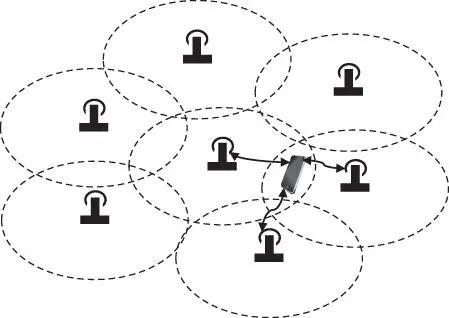
Figure 6.1Standalone mm‐wave 5G access.
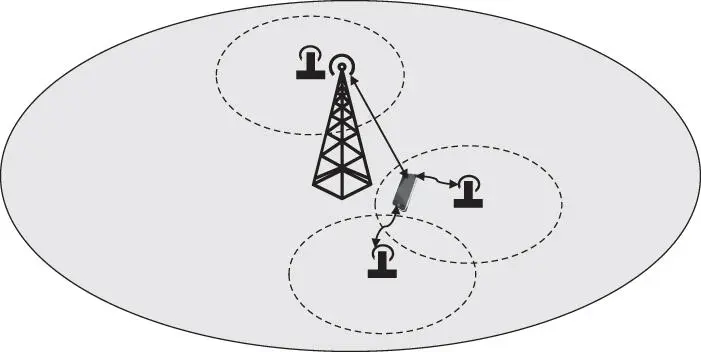
Figure 6.2Nonstandalone mm‐wave 5G access.
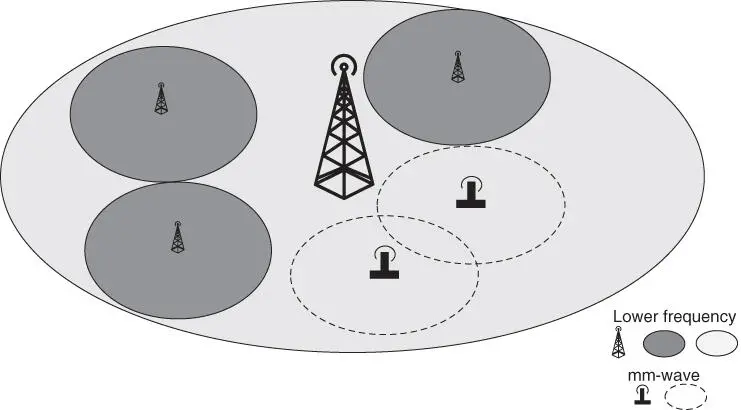
Figure 6.35G access with the mm‐wave as an enabler.
So far, this section has showed that 5G can use the following two features that are related to DSM:
Opportunistic serving with which an end user can find the best suitable access point to use and frequent handover to a different access point at any time using metrics such as signal strength.
5G as an enabler where a 5G cell can be deployed in an area without needing fiber cable connectivity and the cell establishes a wireless mm‐wave point‐to‐point link to the closest tower as part of the 5G SON. This mm‐wave link should impact dynamic DSM decisions as explained later in this chapter.
Part 1 of this book alluded to military communications systems approaches to DSA with MANET nodes, which include:
1 using directional antennas
2 using adaptive power control.
3 spectrum allocation of planned spectrum and opportunistic use of unlicensed spectrum
4 the continual change of spectrum allocation due to mobility.
5G has similar concepts that influence DSM. For example, 5G considers full duplex (FD) wireless communication which enables the radio to directionally transmit and receive on the same frequency band simultaneously. 3FD is considered because of the many advantages it brings, such as increasing transmission capacity and reducing end‐to‐end feedback delays while performing concurrent sensing. 4FD implementation comes with many challenges, however, such as the need to mitigate SI. 5G implementers use different SI cancellation techniques such as analog and digital antenna cancellation. The rest of this chapter will present 5G‐related DSA techniques, such as SI mitigation, in separate sections.
6.2 Spatial Modeling and the Impact of 5G Dense Cell Deployment
Commercial cellular technologies before 5G depended critically on spatial configuration and the separation of downlink (DL) and uplink (UL) frequencies. Frequency allocation to base stations ensured that interference from other base stations is minimal. In spread spectrum systems such as 3G and LTE, the base station assigns different spreading codes to the different end users to mitigate interference on the UL. Mobile end users can hand over from one base station to another while switching to a different frequency and after obtaining a different spreading code from the new base station. Figure 6.4shows an oversimplified frequency planning illustration for a pre‐5G cell tower deployment where seven frequency bands can be reused spatially to create full spectrum coverage. Factors such as terrain and weather can change this plan and cellular providers rely on comprehensive testing of the cellular infrastructure performance to change the frequency allocation of such a simple plan where areas that have more dense end users can use more base stations with more frequency bands to add capacity where demand is higher. 5
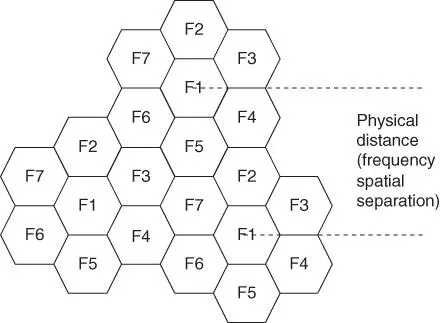
Figure 6.4Traditional cellular frequency spatial separation planning.
With 5G and the dense deployment of different size cells, a received signal is impacted by the distance between many transmit and receive pairs using the same frequency. 5G includes overlay of different technologies and different access points, which have different areas of coverage that can overlap. Cellular 5G is heterogeneous in many aspects, including the following:
1 The deployment of different cell types, as shown in Table 6.1. Each cell type can have a different area of coverage and these areas can intersect and be overlaid on top of each other.
2 The mixed use of FD links, with directionalities to increase spectrum reuse, with LTE links that separate the uplink from the downlink channels.
3 The opportunistic use of available spectrum mixed with the use of provisioned spectrum.
4 The mix of unplanned deployment of 5G cells, which may or may not have fiber connectivity to the core network, with LTE fixed infrastructure.
5 The ability to operate in a very wide range of frequency bands spanning from below 6 GHz to 102.2 GHz.
In essence, cellular 5G provides high capacity access through randomly located nodes (end users and cells), irregular infrastructure, and dynamic spatial configurations. The cellular 5G paradigm is a major shift from previous cellular technologies that require the use of different spatial models.
The impact of the distance between the transmitter and the receiver on signal power has been studied with different propagation models. Wireless systems have long been designed based on link‐budget analysis, fading margins, and the ability to tradeoff range for transmission rate. The 5G paradigm requires transmit and receive node pairs to continually consider the timely use of a frequency in light of spatial separation to avoid excessive interference. In the multidimensional spectrum sensing model presented in the previous chapters, space becomes the most challenging dimension to model with cellular 5G. While time and frequency separation is easier to model, space modeling encounters the leakage of undesired signals and the impact of co‐site interference in addition to the continual change in the transmitting and the receiving nodes locations. 5G has limited practical options to reduce interference keeping in mind that reducing signal power would reduce the signal to interference ratio (SIR) 6while increasing signal power will reduce the chance of spectrum reusability.
Читать дальше
